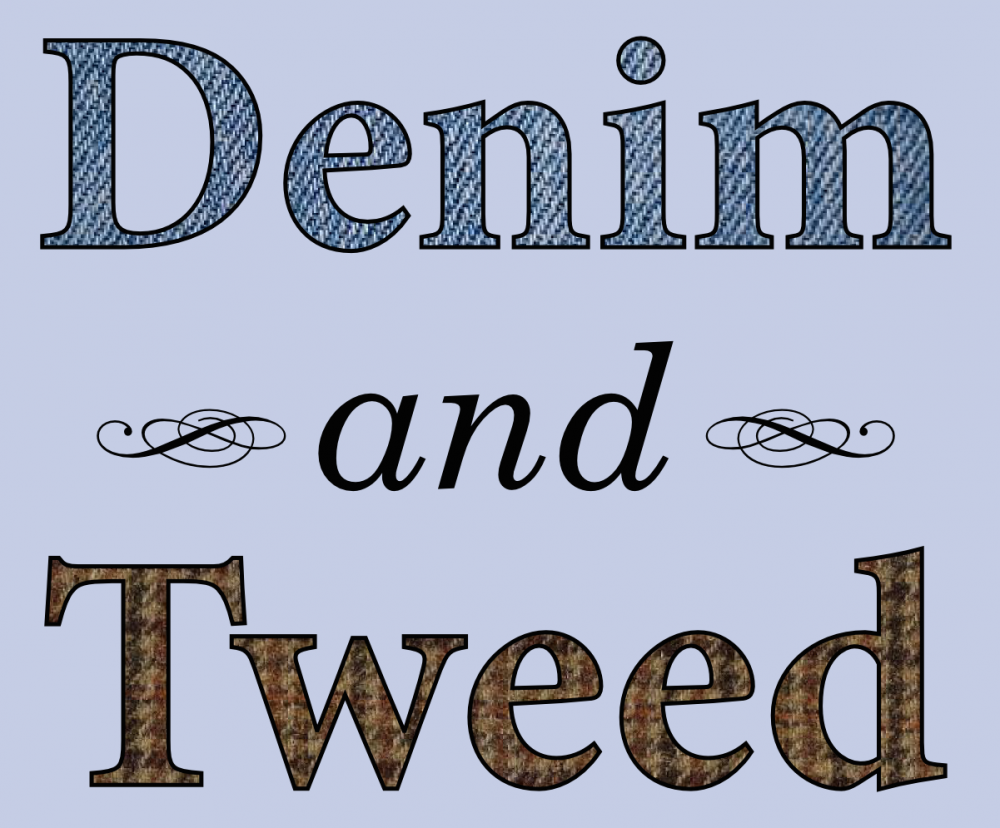 This just came over Twitter (hat tip to @DLiancourt): NPR is running a story claiming that the “runner’s high” some of us feel after a good workout is an adaptation to prompt us to keep fit, or something.
This just came over Twitter (hat tip to @DLiancourt): NPR is running a story claiming that the “runner’s high” some of us feel after a good workout is an adaptation to prompt us to keep fit, or something.
When people exercise aerobically, their bodies can actually make drugs—cannabinoids, the same kind of chemicals in marijuana. [University of Ariona anthropologist David] Raichlen wondered if other distance-running animals also produced those drugs. If so, maybe runner’s high is not some peculiar thing with humans. Maybe it’s an evolutionary payoff for doing something hard and painful, that also helps them survive better, be healthier, hunt better or have more offspring.
So, in a study [$a] pubished in The Journal of Experimental Biology, Raichlen tested this adaptive hypothesis by comparing the levels of these “endogenous cannabinoids” in the blood of humans, dogs, and ferrets after running on a treadmill. The idea being that the ancestors of dogs, like ours, made a living by running—chasing down prey—while ferrets don’t.
So it’s kind of nice to see that Raichlen and his coauthors did, indeed, find that humans and dogs both had higher levels of endogenous cannabinoids in their blood after a run, and the ferrets didn’t. That’s a useful evolutionary data point: it suggests that whatever physiological system prompts endogenous cannabinoid production in connection with exercise dates to (at least) the common ancestor of dogs and humans, and that its preservation in both species may be linked to our shared ability to run long distances.
But it really doesn’t show that this cannabinoid response is an adaptation to reward us for putting in our daily miles.
To really show that the runner’s high is an adaptation, of course, we’d need data that showed (1) observed variation in the runner’s high response has a genetic basis, and (2) people who had get stronger runner’s highs have more babies. But even apart from that, the understanding of what is good for us today—getting off our butts and going for a run—isn’t particularly that well connencted to the lives of our proto-human ancestors. Does Raichlen really think that early humans (or dogs, or any other animal that chases down prey) would just sit around and go hungry if we didn’t have a cannabinoid payoff at the end of the hunt?
And then, in the text of the very same NPR article, an orthopedic surgeon is quoted saying that the “runner’s high” can actually be a problem:
[Dr. Christina] Morganti treats runners for injuries and she says they’re the worst patients. “The treatment is to stop running,” she says. “They won’t. They don’t want to. A lot of the behavior is not unlike the patients we have who are seeking drugs. It’s really similar. It’s an addiction.”
So … a physiological response that prompts some of us to run even when running is likely to exacerbate injury is a good thing? How, exactly, would giving yourself shin splints lead to greater reproductive fitness if you’re making a living hunting gazelles on the savannah? I’m going to go out on a limb and say it wouldn’t.
Here’s an alternative hypothesis, which I freely admit is no better supported by the available data: the endogenous cannabinoid response isn’t a “reward” for running. Instead, it helped our ancestors tolerate the stress of running when they needed to, by letting them ignore minor pains and press on after that one elusive, tasty antelope. For our ancestors, dinner was the reward for running, not the cannabinoids. In the modern world, where we don’t run for our dinners, we’ve re-purposed the pleasant persistance of those cannabinoids as a motivation to replace that original life-or-death need.
Whatever the actual evolutionary origins of the “runner’s high,” the idea that it’s an adaptive reward for exercise is nothing more than adaptive storytelling filtered through the lens of our modern, very unnatural, lives. Don’t get me wrong—I love to run, and in fact I’m a month away from my fourth marathon. But I’m not going to pretend that I’ll be running those 26.2 miles because natural selection wants me to.◼
Reference
Raichlen, D., Foster, A., Gerdeman, G., Seillier, A., & Giuffrida, A. (2012). Wired to run: exercise-induced endocannabinoid signaling in humans and cursorial mammals with implications for the ‘runner’s high’ Journal of Experimental Biology, 215 (8), 1331-6 DOI: 10.1242/jeb.063677
 Polar bear. Photo by ucumari.
Polar bear. Photo by ucumari.






